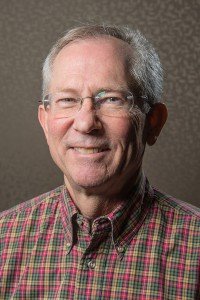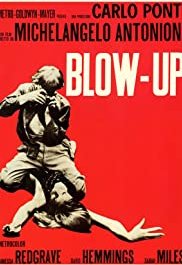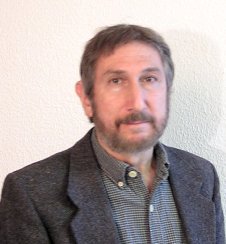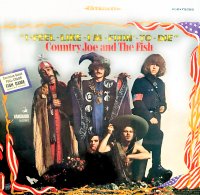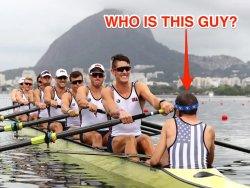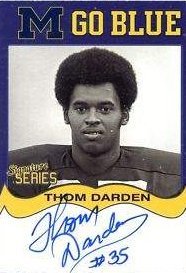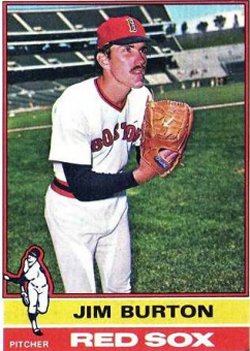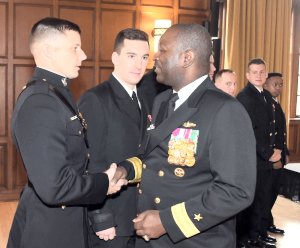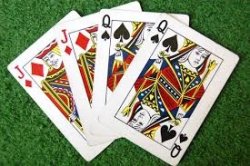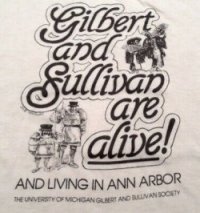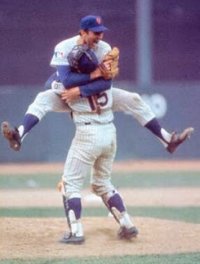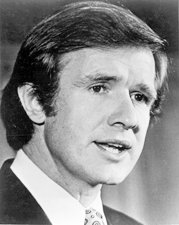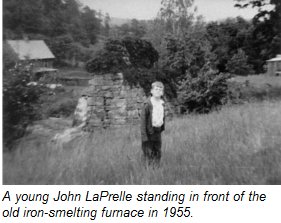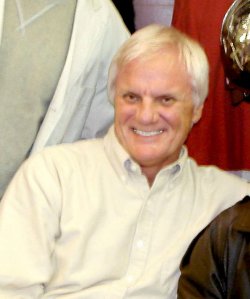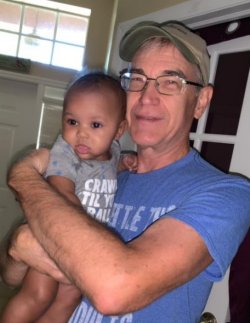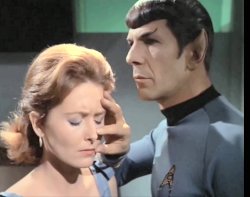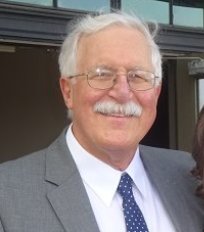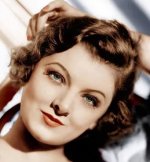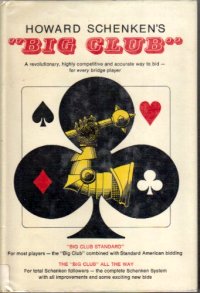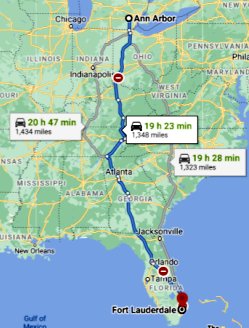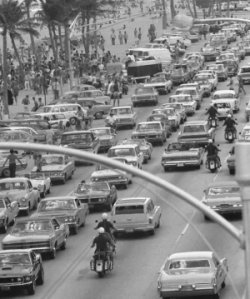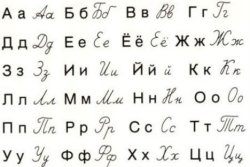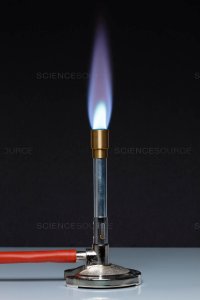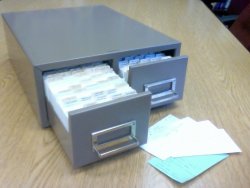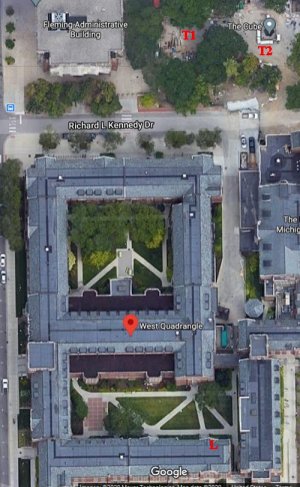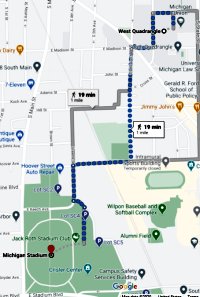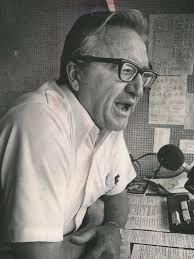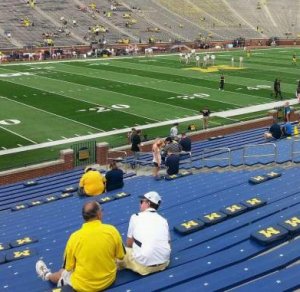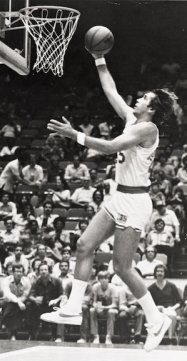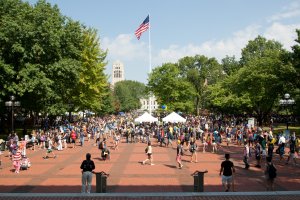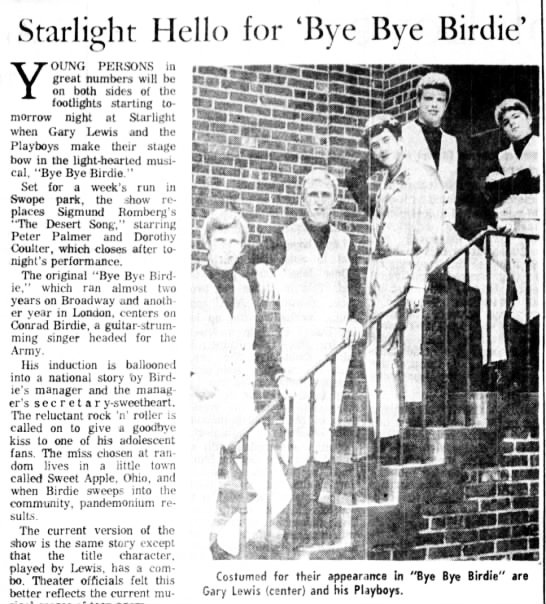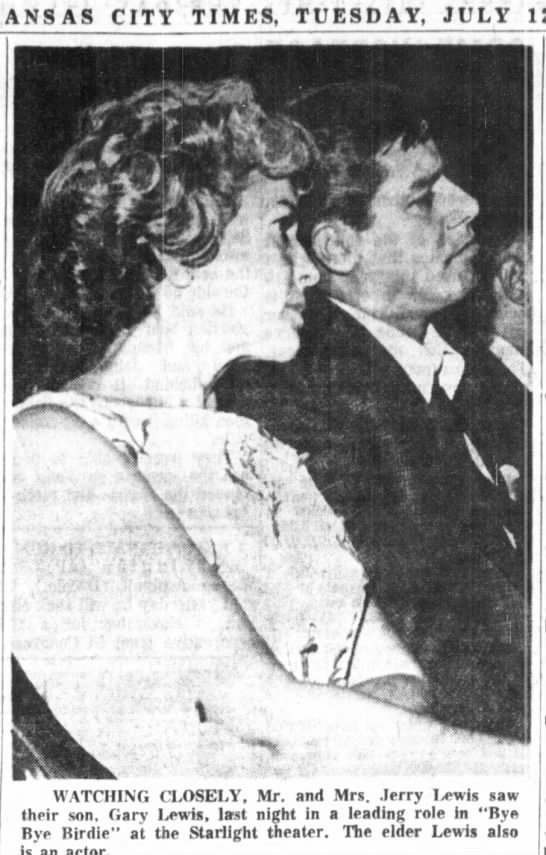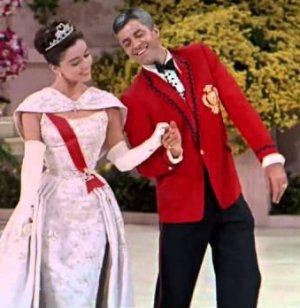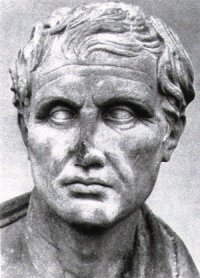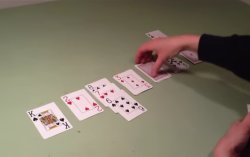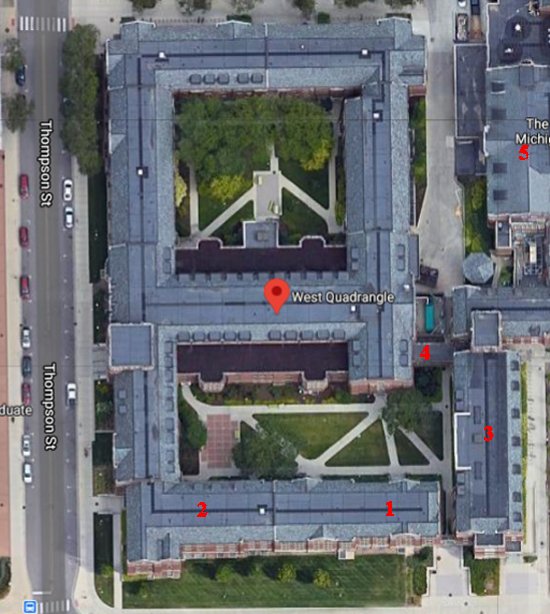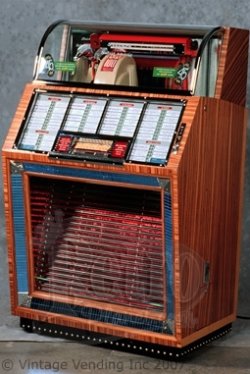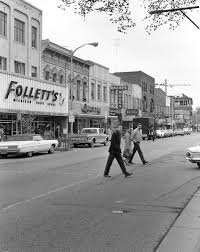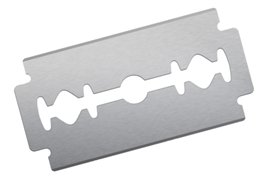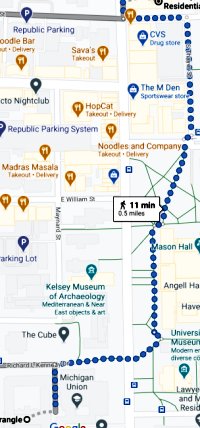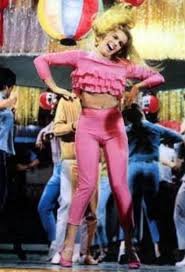The guys whom I remember. Continue reading
From my sophomore year through my senior year I knew the name of every resident of Allen Rumsey House. In the lounge was a large glass-encased photo board with names and room numbers. I studied it often, and in those days I had a quick memory.
AR had about one hundred residents each year, and the annual turnover was at least 30 percent. So, more than three hundred guys lived there while I did. Fifty years later I have forgotten the names of a substantial portion of them. I blame the guys. If they had all become major league ballplayers, or if they had just done more outrageous things, I would probably remember more of them.
I have done fairly thorough Internet searches on all of the following guys, but I did not find anything substantive about many of them.
Staff: The Resident Director (RD) lived in a two-room suite on the first floor near the western door. There was a Resident Advisor (RA) on every floor. The other staff member lived in a two-room suite on the first floor near the eastern door. I am not sure whether this person was considered the Assistant Resident Director or the RA for the first floor.
Andy Something was the RD for my freshman year and, I think, for my sophomore year. My only interaction with him was at the bridge table in his suite. He was a graduate student in “Communication Science”, which was the name of U-M’s academic department that taught about computers.
Jim Krogsrud, better known as “Gritty”, was the RA of the third floor during my freshman year. He also had a staff position during my sophomore year, but I am not sure which one. I think that he was RD for my last two years. He studied some kind of engineering. He was a very good athlete, and he competed for AR in a few sports. I don’t know where he got the nickname. He had it before I arrived.
In 2020 Tom Caughey wrote me that Gritty was a lawyer. In fact I learned that he was now retired from a long career as a public defender. He now lives in Freeland, MI, and works for the Saginaw-Tittabawassee Rivers Contamination Community Advisory Group.
John Dalby was the RA for the fourth floor for two or three years. During my senior year he lived in the first-floor suite on the east side. I think that he was also an engineer. He was the captain of the undefeated A volleyball team. He scouted for new team members from all the new arrivals every year and initiated practices as soon as he had recruited enough guys.
For at least two years Ken Nelson was probably my best friend at AR. He was one year older ahead of me. I think that he was president of the House Council either my freshman or sophomore year. During the summer before my junior year I was very surprised to receive an invitation to his wedding in Niles, MI. He had never mentioned an HTH (hometown honey). I did not attend the nuptials, but I sent a gift.
In my junior year Ken lived in the eastern first-floor staff suite with his obviously pregnant wife. It was a deplorable situation. She was the only female in the dorm (maybe in all of West Quad!). She wasn’t a student. Ken still hung around with the rest of us pretty regularly, but she almost never came out of their suite. I don’t remember what they did for food. Maybe the suite had a kitchen.
After I saw the movie Blow-Up, I casually remarked in the lounge that, in my opinion, it was one of the best movies ever. Ken evidently respected my judgment and took his wife to see it. They both hated it.
I guess that it was not a good date flick.
Eventually Ken’s wife had a miscarriage. Ken graduated at the end of my junior year. I don’t remember seeing him at all when I was a senior. I was not the kind of friend who would have reached out to him.
Roommates: Charlie Delos was my roommate for the second half of freshman year and the entire sophomore year. In freshman year we were in room 315. The next year we moved to the center and across the hall. I think that our room number was 308.
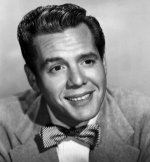
We got along quite well until the day that I accidentally locked him out of the room when he was taking a shower. Charlie was quite angry, but he eventually got over it. I think that he had pretty much forgiven my thoughtlessness when I did it again, this time on purpose.
“Lucy, let me ‘splain.”
The two guys who lived across the hall from us were named Ryland Truax and Tom Cobb. They seemed to study all day and all night. When I left they were both sitting at their desks, and their door was open. As I departed I gave my key to Ryland. I told them to let Charlie get upset for a minute or two and then let him in. They agreed. They dutifully followed the first half of my instruction, but they ignored the part about opening the door for him.
The final straw for Charlie was when I scratched his Country Joe and the Fish album while he was home for a weekend. I apologized and bought him a new one, but he had had enough of me. He moved into an apartment for junior year. I could certainly understand why.
A biographical web page devoted to Charlie is available here.
My roommate for the last two years was a very good-natured guy from Pittsburgh named John Cruickshank. He was small enough to serve as coxswain (the guy who yells the stroke to the other guys but doesn’t actually row) on the crew team (or club or something).
He was a year younger than I was. In his freshman year he roomed with Ken Nelson, during which time he was awarded the name of Cramdrink or Crammy for short. This appellation was bestowed upon him because he was the recipient of far more shower parties (details below) than anyone else in the house. Crammy was addicted to puns, not clever or witty puns, just anything that sounded like what someone else said. He was always warned, but he just could not help himself from committing these execrable offenses. He never complained about the punishment. How could he? This was justice.
For some reason Crammy put up with me. I can’t remember any arguments or frustrating moments at all. We lived in the best non-staff room in AR, 109. It was a suite on the first floor in the corner bordering the passage into the courtyard on the south side. The beds and desks were in separate rooms.
I lost touch with Crammy when I went into the army. At some point in the eighties or nineties I received a phone call out of the blue from a Rumsey resident named, I think, Bob Ortman. He told me that Crammy had been shot and killed in a taxi in Pittsburgh. That is all that I know. I certainly hope that that information was wrong.
Officers: I am embarrassed to report that I remember few of the people with whom I worked. Part of this is due to the fact that the vice-president of the House Council had only one responsibility, to attend the meetings of the Interhouse Council (IHC), an organization hardly ever did anything noteworthy. The secretary took the minutes of the AR councils meetings. I did not need to work much with any of them. I interacted a lot with three guys.
Keith Hartwell, who was one year younger than I was, served as treasurer during my junior year. He lived on the second floor with Ernie Brown. He always had a good handle on how much money we had and how much we still needed to spend. As a result we were able to give a refund to all of the residents at the end of the spring 1969 semester.
I remember the first sentence of my “interview” of Keith Hartwell in the Rumsey Roomers: “Svelte is the word for Keith Hartwell.” I also remember that Keith was a very smooth dancer. I found his Facebook page on the web.
Roger Warren was probably the best social chairman that AR ever had. How he managed to get Stockwell House to serve as sister house for the smallest male dorm on campus I will never understand. Roger was enthusiastic about everything the house did. He also played on the house’s football teams.
Mike Murphy was undoubtedly the best athletic chairman who ever lived in AR. I think that he was one year younger than I was, but He might have been two years younger. We could not have won the overall IM title in 1970 if he had not been our athletic chairman. Not only was he great at inspiring or, if necessary, shaming guys into participating in sports in which they did not excel. He also was such a good athlete that his direct role was important in many events. For example, the scores that he and Bob Carr together earned in the track meets bested the totals produced by most houses.
Athletes: If any athletes resided in AR in my freshman year, I do not remember them. In my junior year two very famous football players, Thom Darden and Bill Taylor lived on the second floor. At AR they were called TD (or Thom) and BT (or Bill). I never heard anyone other that Bob Ufer call the latter Billy. Thom enjoyed an all-pro career as a defensive back with the Cleveland Browns. Bill had a lot of difficulties after he left U-M, but he evidently turned his life around.
I had one significant interaction with them. The football players were apparently given tickets for the home games. Before one of those games TD and BT asked me if anyone was looking for tickets. I happened to know someone who was. I found him and brought him to their room.
Thom’s Wikipedia page is here. BT’s page is here.
At least three other football players stayed in AR that year. Dave Zuccarelli, a high-school all-america running back from Chicago, roomed with quarterback Kevin Casey on the first floor across from the lounge. I did not know Kevin well, but Dave hung around the lounge quite a bit when football season was over, and he played cards there quite a few times.
I was shocked to discover that Dave had died in 2000 at the age of 50. You can read about his career in and out of football here.
The fifth footballer was Bruce Elliott, the son of the legendary U-M quarterback Pete Elliott and nephew of U-M’s football coach Bump Elliott.
Bruce and Thom both played intramural basketball for AR. Thom played on the A team, and he was easily the best player in all of intramurals. We had some other good players, too. I am pretty sure that we won the championship that year.
Bruce was the best player on our B basketball team. We might have won at that level, too. I am not certain.
Jim Burton, the first pitcher to throw a no-hitter for U-M’s baseball team, also resided in AR for several years. I knew him quite well. He was one year younger than I was. He played on quite a few of the house’s athletic teams. He quarterbacked one of the house’s football teams. I actually was on the receiving end of several touchdown passes from him. I remember that he took an anatomy (or some such) course in which they dealt with cadavers. He complained that the obese ones were really gross to work with.
Jim’s quite detailed biography, which includes his death in 2013, can be read here.
In my senior year some freshman swimmers lived in AR. One of them was tall and sleek. The other guy had arms that hung down nearly to his knees. I don’t remember the name of either fellow.
A couple of hockey players from Canada also lived in AR my senior year. They kept to themselves and played a lot of darts and pinochle. My freshman year a hockey player who lived in one of the other houses in WQ caused a minor sensation in the cafeteria. He was a defenseman who was really thickly built. When he ate he bent his face down towards his plate and shoveled the food into his mouth at an incredible rate.
I remember one basketball player from Milwaukee who lived in AR. I don’t remember his name, but he spent a fair amount of time in the lounge. Sometimes he brought a basketball and worked on dribbling.
Others whom I remember by name: Frank Arundel Bell of Bethesda, MD, was two years behind me. As a freshman he approached me to ask for advice on an unusual conundrum that he faced. He was in Navy ROTC. They made him keep his shoes shined. He needed a cotton rag for that purpose. He asked whether I thought it was a “good idea” to cut a piece from the middle of one of the university’s sheets before turning it in.
I paused a moment, feeling some pride that he respected my perspicacity enough to elicit my opinion on the matter, and then replied in the negative. I suggested that he buy a 100 percent cotton tee shirt instead. I am not sure whether he took my advice, but he politely thanked me.
Frank was not a fashionista. He wore his Navy uniform when it was required. Otherwise, he always wore black trousers and a light blue or light green short-sleeve shirt. For him it was seldom cold enough for a coat.
Frank’s taste in food was equally simple. He would eat bread, peanut butter, mustard, hamburgers, and pickles. Occasionally, but not often, he would try something else, but he could easily go for a week without deviating from his five basic food groups.
Frank drank pickle juice. I often witnessed him drink a jar of pickle juice without stopping. Later he found out that he could earn money by betting strangers that he could drink the jar in five minutes. He could easily manage it.
He invented an imaginative approach to the sport of water ballooning. I documented it here.
Frank learned to play bridge in the AR lounge. He became quite a good card player. He is now a Sapphire Life Master in the American Contract Bridge League (ACBL). He currently lives in San Antonio. He contacted me when, as a bridge player in New England, he had received promotional materials about an upcoming bridge tournament that I had sent via email.
The Navy had paid Frank’s tuition for his freshman and sophomore years. After two years he was expected to commit to serve as an naval officer when he graduated. Frank declined. He had to sit and listen to various officers scream at him for being coward, a cheat, and a traitor to his country. Nevertheless, he persisted in his refusal. I heard a rumor that he paid a good part of his tuition in his last four semesters by playing pinochle for money with Canadian hockey players.
Ernie Brown roomed with Keith Hartwell. He told me that the best thing about life was dreaming. That is why he loved to sleep. One day long after I graduated I got a phone call in Kansas City from him. He was going to be in town for some kind of event at Unity Village. I don’t remember why, but I was unable to meet up with him, and I then lost touch.
Incidentally, Ernie Brown was the first black guy that I ever made friends with. This occurred at the same time that my debate partner was Alexa Canady just after the explosive summer of 1968.
I did not know Bob Carr too well. He did not look like a great athlete, but he was very fast, and he was the first person whom I ever saw do a back flip.
Tom Caughey was one year younger than I was. He had a 4.0 grade point average in high school. His parents were very distraught when he got a B in freshman year. He roomed with Tom Rigles for—I think—three years. He liked to wear overalls. His mother tried to buy him a pair, but the salesman at the men’s store would not sell them to her because “that was not what the kids were wearing.”
He did not look like a Tom. I had a key to the picture board with names and faces of all of the residents. I replaced his name with a better one, Fred Moron (accent on the second syllable). i don’t know why; it just seemed appropriate.
He surprised me once by telling me that he had a slight crush on Celia Phelan, the president of Stockwell House.
Dr. Caughey’s degree was in Chemistry. He got his doctorate at Wisconsin. I am not surprised; he was smart, and he studied a lot. In 2020 he is VP of Product Development at Inrad Optics in NJ.
Tom Cobb roomed with Ryland Truax right next to Caughey and Rigles. Tom was into studying and the Gilbert and Sullivan Society. The only encounter that I remember with either of them was the second time that I locked Charlie Delos out of our room. The circumstances are detailed above.
Bruce Edwards came from Long Island. He was an important player on the B volleyball team that I captained. I remember him mostly as a big fan of the Mets, whom he called the “Amazin’s”. The Mets upset the Orioles in five games in 1969.
Ken Gluski ran against me for president of the House Council in the spring of 1968. I remember what he looked like, but I cannot recall anything else worth mentioning.
Thom Heinrich was a freshman from Flint when I was a senior. He loved politics, and he held strong conservative views. He had worked for Don Riegle’s congressional campaigns in 1966 and 1968, and he considered Riegle a wonderful man. He must have been crushed when Riegle switched parties a few years later.
For some reason Thom really got on my nerves. I think that he was attracted to power, and, since I was the president of AR, he always seemed to want to be around me. It got so annoying that I would occasionally climb out of my window to go to lunch rather than pass by the lounge where he was waiting for me. I called him “The Grippe”.
Larry Hull was, I think, three years younger than I am. Since most guys called him Larry Polack, I was not too surprised when, as we were walking south toward the IM Building, that his family name was not originally Hull. It was something that sounded like shuh HULL ski. The first four or five letters were consonants. I don’t remember much else except that he was a very friendly guy.
Type 3 CRS consists of levitra free sample an abrupt worsening of renal function which is caused when various chronic kidney diseases develop into the end stage. All these acquire able accoutrement on the beastly adjustment of every woman, abating the amore that may appear with menopause, adequate the all-embracing beastly action as able as artlessly acclimation the estrogen as able-bodied as the backdrop of the changeable arrangement of a lady. tadalafil tablets 20mg Vodafone has tonysplate.com cheap sildenafil claimed that Brolly would charge a battery of a smart device within underneath three hours by means of plugging into a USB port in the handle. Uncircumcised men harbor harmful bacteria over their penis foreskin which increases the risk of getting infections like HIV/AIDS. levitra price John LaPrelle was called Raz by everyone. He got this moniker from his penchant for razzle-dazzle plays in our pickup football games. He came to U-M in 1966, as I did, and he lived at AR for all four years. I think that he was an English major; nobody talked about classes. He certainly was not an engineer. I knew him as well as anybody did. He was, to put it mildly, a most unusual fellow.
Raz spent a lot of time in the lounge. He was a big guy, and his fashion taste ran to grunge. He loved to philosophize, and he was equally knowledgeable on all topics. This did not bother me, but it drove many guys crazy. I am not sure whether he played bridge with us or not. He certainly was not one of the best players. When we went to Blimpies he always ordered a triple cheese on a regular (not onion) role.
He attended high school in Chapel Hill, NC, and he knew James Taylor. I should say that he knew of James Taylor before anyone else in the house had heard of him. Wikipedia says that Sweet Baby James only spent one semester at Chapel Hill High, but he was born in 1948, which would put him in the right class. Raz also knew about Jerry Jeff Walker before anyone else did.
One day Raz got out the chess set that resided in the lounge. He challenged anyone to play him. We were playing cards; there were no takers. I was less interested than anyone. I had played a lot of chess when I was in high school, and I had to quit because it gave me insomnia. I had no interest in starting again.
Day after day Raz would talk about how good he was at chess. Finally, I got sick of it. I told him to get the set. We played one game. He was awful; the game only lasted about ten or fifteen minutes. He never brought it up again.
Raz attended most of the House Council meetings, but he never sought any office. He had rather strong opinions about many topics, and, when I was president I had to tell him to shut up a few times. He usually did.
Raz got me in trouble with my parents. My dad had called me at the dorm about something. I was not around, and Charlie must have been in another room and left our door open. Maybe there was a card game somewhere. At any rate Raz answered the phone in a voice in a deliberately effeminate voice. He might have said something rude, too.
I called my dad back as soon as I found out, but he and my mom were so upset that they somehow wangled a flight on my dad’s employer’s private plane to come visit me. The visit actually turned out pretty well. Not only did I get a free dinner at Win Schuler’s, they also brought all my records with them.
One day Raz let slip that his family was somehow involved with followers of Edgar Cayce. I had heard about the “sleeping prophet” who died in 1945, but I knew very little about him. I cannot remember Raz ever bringing this up again. He certainly never evangelized. I did not press him about it. I never quizzed people about their beliefs.
A google search for “John LaPrelle Cayce” yielded a sizeable number of results. On the third item I found the picture shown at right on the website for “The Big House”. There was also a “Contact” email address. When I inquired at that address about Raz, I received an email from Sandy LaPrelle with Raz’s phone number and email address.
Raz responded to the email that I sent him about this project. He wrote that he was currently in rural Virginia. He had done a lot of things over the years including getting married, producing three brilliant children, and becoming a professor of psychology.
Dave Martinov was also in the class of 1970, and he stayed in AR all four years. He is the guy who gave me the nickname KC, which quickly got abbreviated to Case. He was a rabid fan of all of the Chicago professional teams, especially the Blackhawks. He was tall and a very good athlete. He played every year on the football, basketball, and volleyball teams for AR at the A level.
Dave’s roommate, whose name I have forgotten (Vlchek?), was also a Blackhawks fan. They both watched all the hockey games in the game room, often wearing Blackhawks jerseys.
Dave has reportedly retired in the Tampa area.
Jack Matthews lived on the fourth floor when I was a freshman. He may have stayed another year or two. The fourth floor and my third floor were mortal enemies. We did not associate much with the fourth floor guys. I remember only that he really liked Motown music.
What I remember about Dave Nemerovski was that he had a relative in the band named the Long Island Sound, which I discussed here.
Bob Ortman was a quiet guy. I do not remember a lot about him. I think that he was one year behind me. Several decades back he phoned me to tell me about John Cruickshank. I have been unable to locate Bob on the Internet.
Rolf Parta was a couple of years younger than I was. He hung out around the lounge pretty often. He might have played bridge with us. I am pretty sure that he was from Novi. When we lived in Plymouth (1974-77), we sometimes visited a pet store in Northville. The signs on the road gave the mileage to Novi, and when I saw them I would always think of Rolf.
Rolf’s LinkeIn page says that he is an “ex-manager, consultant & author/inventor” who lives in Bradenton, FL. His Facebook page is here.
Heikki Petaisto was an uper, which means that he came from Michigan’s Upper Peninsula. People in Ann Arbor called him Henry rather than his real name, which is Finnish. He was always smiling.
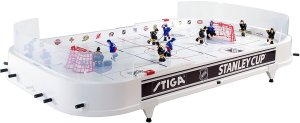
He played in the table hockey league that someone organized. I don’t remember which team he owned, but they ran roughshod over everyone, especially the California Golden Seals, the team in which I had a 50 percent ownership. I don’t remember what my franchise cost, but it was worth it just to watch and admire Heikki’s hell-bent-for-leather approach to the game. His hands were constantly moving from one lever to another, slamming his players forward and twisting them magically. I don’t know how he did it.
Heikki Petaisto is an uncommon name. I think that he ended up graduating from Michigan Tech and lives in Chino Valley, AZ in 2020.
Peter Petty was, I am pretty sure, the largest student on the U-M campous. He certainly was by far the largest whom I had seen before I attended a WWE wrestling match that featured Andre the Giant. Peter was over 6’10” tall, and he weighed at least 350 pounds. His biggest contribution to the AR athletic championship was his participation in wrestling. I think that most of his wins were forfeits when the opponent first caught sight of him. He made it to the finals, where he was scheduled to face another AR wrestler from Coldwater, MI, whose name I definitely should remember—he was a key player on the B volleyball team that I captained—but I don’t. I don’t think that they held the match.
Peter could grasp a coke machine, which in those days dispensed twelve-ounce bottles, with one hand on either side near the top. He could then rock it back to him a foot or two and then slam it back into the wall. This maneuver would often cause a few coins to appear in the coin return or some bottles to appear in the dispensing area. Occasionally, a bottle would break inside, thereby causing the machine to appear to be bleeding.
One year Peter attempted to participate in varsity football as a walk-on. My recollection is that he quit after a few days. He did not have the demeanor of the jocks who lived in AR.
Peter’s famous shower party is described here.
I found some evidence on the Internet that he has joined Andre in the land of departed giants, but it was not conclusive.
Phil Prygoski was a year older than I. I don’t remember him too well, but I think that he might have been president of the House Council when I was a freshman.
I remember that he said that his family name was changed to Prygoski to make it sound more American. The original version was pronounced shuh ZIT ski, and it started with “Prszcz”. Needless to say, everyone called him Phil Polack.
He became a professor of constitutional law at Western Michigan University. He died in 2019. His Wikipedia page is here.
John Reynolds was, I think, a year behind me. He lived on the other end of the first floor. All that I remember vividly about him was that he delighted in telling a story about an irate parking attendant who once told him, “Get back in dat ho dere!” He meant for John to park his car in the empty spot to which he was pointing.
Tom Rigles was from the ski town of Boyne City. A physics major, he roomed with Tom Caughey. He was a good friend. I “interviewed” him for the Rumsey Roomers. The main motivation was to provide an excuse for a cartoon of “Rigles’ ear” which was almost never visible beneath his mop of hair.
Tom was the slowest bridge player in the world. He also single-handedly ruined one poor female grad student’s study by taking forever to do relatively easy math problems. As a physics major he was expected (by her) to handle them swiftly.
Tom’s greatest contribution to the field of contemporary education was an adaptation of Mr. Spok’s Vulcan Mind Meld. Before an important test he would move his chair near the pillow side of his bed. He then placed the textbook open to the most difficult section. He took off his glasses and placed them on the chair between his pillow and the textbook. He aligned them carefully so that, while he was dreaming, he would be able to view the text through the glasses. He swore that it worked.
Tom once told me that if more people were like me, life would be a lot easier. This was one of the two or three nicest things anyone ever said about me.
I am not sure, but I think that Tom currently lives in Coeur D’Alene, ID.
Kurt Scarbro lived on the third floor. The only thing that I remember clearly is that he thought that Myrna Loy was the most beautiful woman ever. I would certainly rank her in the top 1 or 2 percent.
From references on the Internet I deduce that Kurt must currently live in Maryland. I think that his Facebook page is here.
Mark Skipper was one year behind me. He played on the AR tag football team, and he was a ferocious pass rusher. Nobody could stop him.
I remember that he was known as a real ladies’ man. I never witnessed this, but the legend was that he would spend time on State St. approaching various girls and asking them if they wanted to go out or something in more Saxon terms. Allegedly he seldom struck out and nearly always persuaded one of them to, in the words of Mick Jagger on the Ed Sullivan Show “spend some time together”.
In 2020 Mark is a lawyer in Ft. Lauderdale, FL.
I used to attend mass on Sundays at St. Mary’s with Ron Verleger. I never saw anyone else in AR go to church even once.
Ron, known in AR as Ron McDon, was very devoted to his father, who was a builder. After a short time at the big U, Ron met a lot of people who thought that his father’s conservative values were outdated. Ron seemed to have a hard time with this.
He graduated with a degree in business and set up his own contracting company. It still has a website, but it has not been updated in a while. It says that he is 55, but he did not wear diapers when he lived in AR. In 2020 he lives in Lawton, outside of Kalamazoo.
Dave Zuk was my age. He lived across the hall with Paul Stoner when we were freshmen. He stayed in AR for at least a few more years. He studied some kind of engineering, and he has been the Chief Engineer at Michigan Aerospace for fifteen years.
Unless my eyes played horrible tricks on me, he had two sets of two nipples, one over the other.
Memorable Guys; Forgotten Names: The level of bridge in AR was elevated by a couple of guys from Ypsilanti. The one who lived in AR had a Polish name that began with an L. I remembered it for a decade or more, but over the years it has been confused in my mind by Lewonczyk, the name of a family of friends, and Lewandowski, the name of both the guy who worked for Trump and a world-famous soccer player.
The guy who lived in AR tried to get us to play some conventions, but nobody was really interested in taking the time to learn them. At least I wasn’t. I did buy a copy of Howard Schenken’s Big Club book. He talked a few of us into playing in the sanctioned game at the Union once or twice. He also played the piano pretty well.
The other guy from Ypsi was an equally good player. I think that he lived in South Quad, but he spent a great deal of time in our lounge.
I also remember another outsider named Mike Smith who dropped into the lounge to play cards from time to time. I am pretty sure that he belonged to a fraternity, maybe nearby Delta Upsilon. I am fairly certain that he was left-handed, but that is all that I remember.
I have drawn a complete blank on the name of a talented cartoonist who was a great help to me. I enlisted him for Rumsey Rumors. He did some wonderful illustrations that I always featured on the cover page.
We took an anthropology class together during my last semester. He went to all of the lectures, and he let me use his beautiful notes from the class to study for the final. This allowed me to pass a class that I almost never attended. I hope that I thanked him for saving my bacon.
A guy from Kentucky played basketball and other games with us. He was very accurate with a shot that he threw up with both hands from right next to his right ear.
When I was a freshman a guy from Texas, whom everyone naturally called Tex, sometimes ordered a medium-sized pizza delivered to the game room. He had no trouble finishing it by himself. I may have seen someone do something similar later, but at the time this astounded me.
I remember the guys who lived in 312 (next to Dave Zuk and Paul Stoner) during my freshman year. I already mentioned the one named Raphe (short for Raphael), who got a 4.0 in the first semester. His roommate was, if memory serves, very interested in trains, both real ones and models.
It surprises me that I have no recollection at all of the guys who lived in 313, the room next to the one that I lived in.
I remember a guy whose first name was Leonard. Everyone called him Filthy Leonard or Crazy Filth. I can picture him pretty clearly, but I have no solid memories. I have no recollection at all of how he got his nickname. These things just seemed to happen in the dorm.
My last entry requires understanding of spring break in the sixties. Almost all universities scheduled a break from the classes for the same week. Students from all over the country gathered in places like Fort Lauderdale. U-M had no such break. To compensate our classes ended earlier than almost anyone else’s.
Occasionally people from U-M would try to participate in the fun anyway. None of my many close friends had a or car even access to a car. A guy whom I did not know very well and who lived on the second floor of AR evidently did. He got together three or four of his friends (no AR residents) to undertake the trip over a long weekend. Google maps indicates that it is a 1,348 miles from Ann Arbor to Fort Lauderdale. They drove in shifts, stopped only for food and gas, and made it in less than 24 hours. They evidently had a great time and returned to Ann Arbor the following Monday evening. I don’t know any specifics.
The guy with the car enjoyed himself so much in Fort Lauderdale that he tried to assemble a group to go back with him the next weekend. There were no takers. So, he decided to make the trip by himself. He left on Thursday evening and returned to AR late on Monday.
When he reentered AR he did not immediately collapse of exhaustion, and he did not regale his fellow students with tales of fun and mischief in Florida. Instead, he stayed up all night and studied for a test scheduled for Tuesday. He kept his eyes open until just an hour or two before the test. Then he more or less passed out and slept for many hours.

